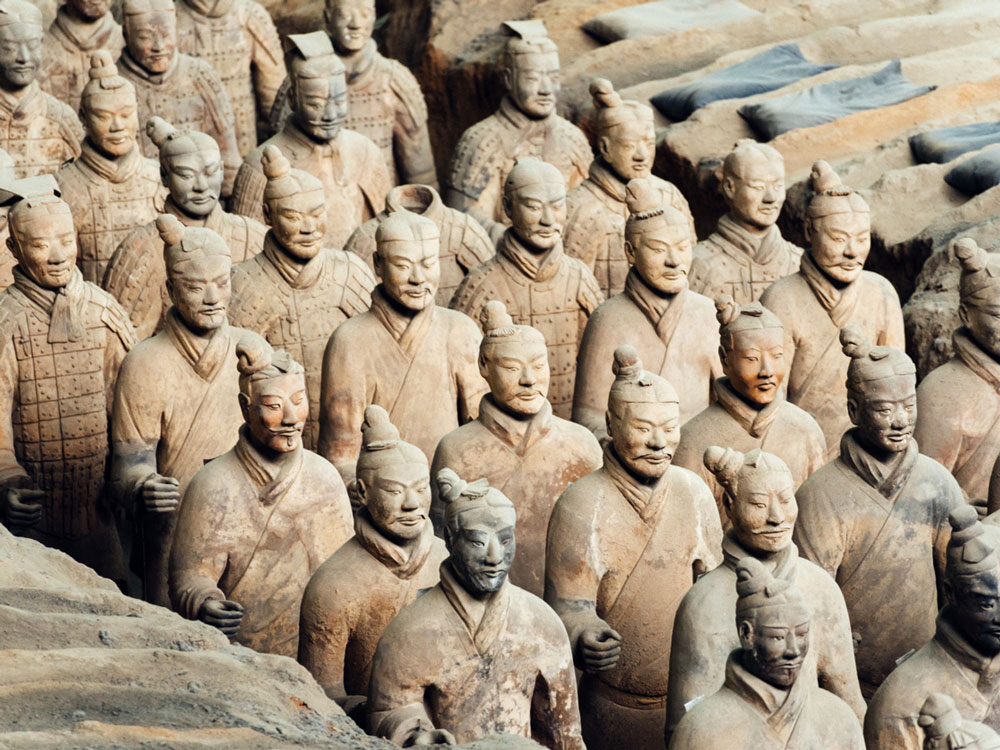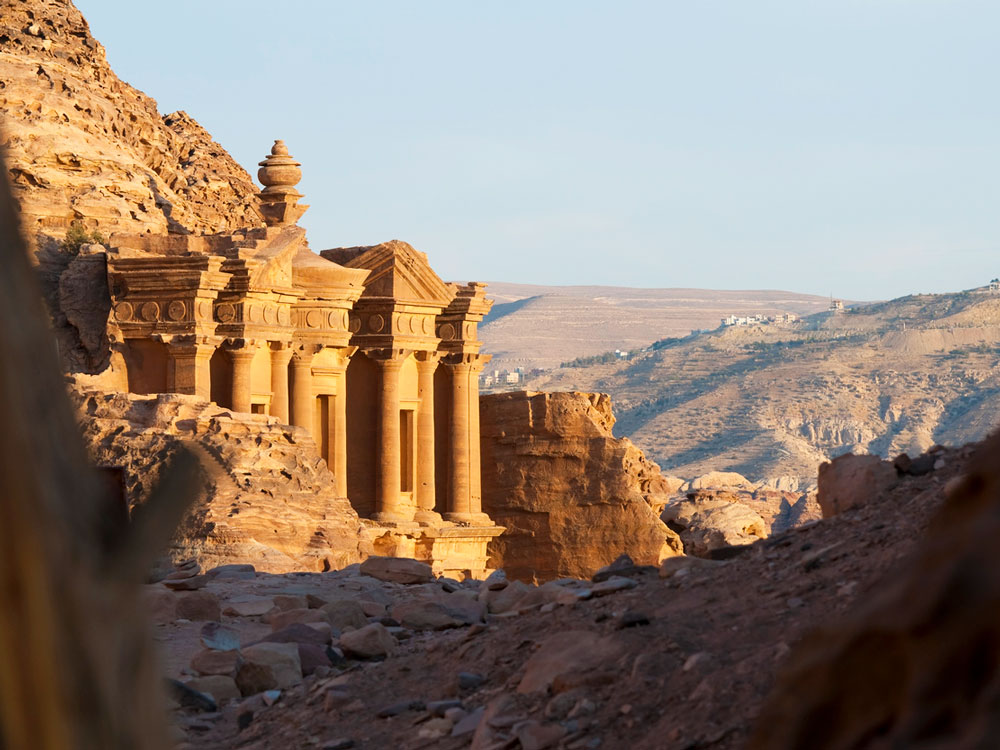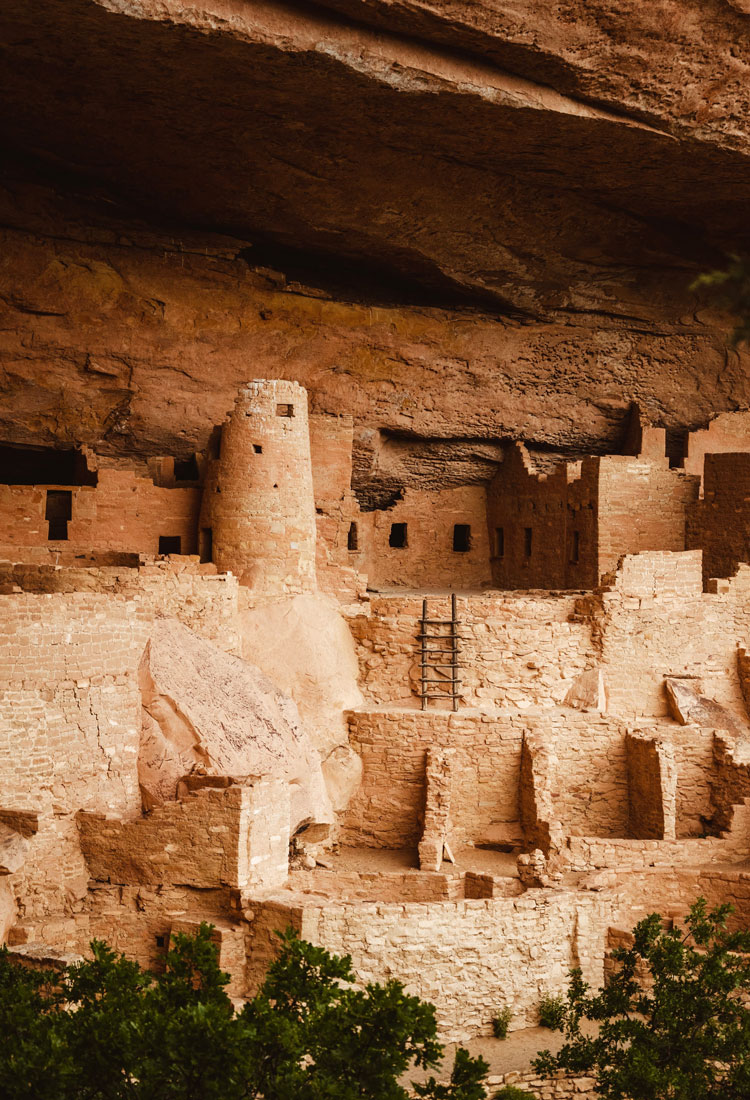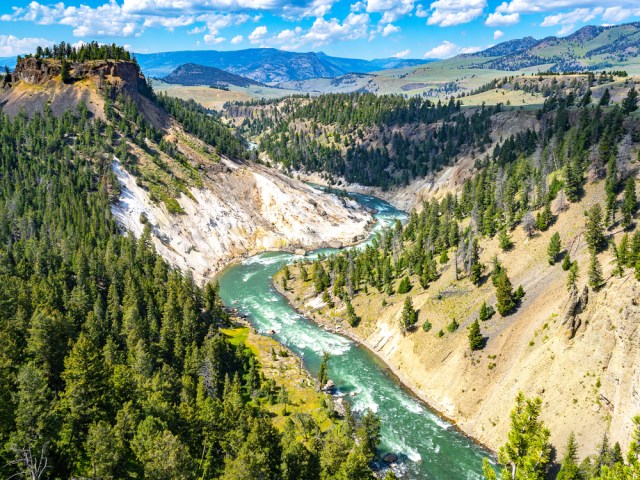Archaeologists work very, very hard to unearth the past. But some of the biggest, most consequential discoveries have been made by non-professionals — ordinary people who stumble upon once-thought-lost historic sites completely by accident. From ancient cities to jaw-dropping waterfalls, here are five historic sites that were uncovered in modern times by accident.
Mesa Verde National Park – Colorado

One snowy December morning in 1888, two young cowboys searching for lost cattle caught sight of the Cliff Palace, a magnificent three-story structure built under the ledge of a canyon. The edges, doors, and windows of the cliff dwelling were outlined by snow, so the cowboys, Charlie Mason and Richard Wetherill, were able to see them clearly through the swirling storm.
The structure was part of Mesa Verde — Spanish for “green table,” so named by settlers who were struck by the verdant juniper and brush growing on the flat canyon tops. The array of cliff dwellings was well-known to the local Native Americans but unknown to white settlers until that day. The two cowboys and their family members continued to explore and excavate Mesa Verde over the ensuing months, claiming to have entered 182 of the dwellings built into the cliffs and bringing artifacts to historians. In 1906, Theodore Roosevelt established Mesa Verde National Park, thus protecting and preserving the area.
The people who originally lived in Mesa Verde are called the Ancestral Pueblo people, who settled in this region of Southwest Colorado in around 600 CE. Seven hundred years later, they abandoned the site over the course of a couple of generations likely because of an extended drought. In all, there are 4,000 structures and sites associated with Mesa Verde, including cliff dwellings that range from single-room buildings to veritable apartment buildings, like the 130-room Spruce Tree House.
Angel Falls – Venezuela

You might guess that the white water billowing down Venezuela’s Angel Falls served as inspiration for its celestial name, but in fact, the tallest uninterrupted waterfall in the world was “discovered” in 1935 by an American named Jimmy Angel. Angel, who’d worked as a stunt pilot and flown in World War I, was flying through the mountains of southern Venezuela looking for potential sites to mine diamonds, gold, or silver, when his plane crashed on a mesa — he survived and happened to spot the falls in the distance.
The extreme isolation of Angel Falls doesn’t deter visitors keen to see the magnificent sight, which dramatically drops 3,212 feet from the extended lip of Auyantepui Mountain to the jungle below. (If the falls look familiar, you may recognize them as the inspiration for Paradise Falls in Pixar’s 2009 animated feature Up.) To see the cascade in person, visitors must either take an airplane tour or a long river journey through the dense jungle region called the “lost world” (otherwise known as Canaima National Park, a UNESCO World Heritage Site).
Terracotta Army – China

During a drought in 1974, farmers digging a well in Xi’an, China, gradually uncovered some peculiar brass spear tips, then struck terra cotta fragments of what appeared to be a statue of a soldier. A local historian took over, leading a project that eventually unearthed an army of 7,000 clay soldiers standing at attention beneath the ground.
In the ensuing years, the army has grown; the excavation of an additional 200 troops was announced in early 2020. The soldiers, known as the terracotta warriors, each have unique features — a different helmet or weapon, dozens of distinctive faces, or a different stance. The troops, along with terracotta chariots, horses and wagons, were placed around the tomb of Emperor Qin Shi Huang when he was buried in 210 BCE, ready to protect him from the unknown forces of the afterlife.
The funeral complex, which sprawls over 20 square miles, is believed to contain a full-size replica of the emperor’s court and courtiers. The emperor’s tomb itself has never been opened. The Chinese archaeologists fear that prying open the sealed container could damage whatever is within and that it may have been boobytrapped on orders of an emperor who was ready to battle death.
Machu Picchu – Peru

To say that Hiram Bingham III discovered Machu Picchu is a bit of a stretch — local farmers led him to the mountaintop site of the 15th-century citadel where some of their neighbors lived within the stone walls. Other explorers, too, had visited and mapped the site before Bingham hiked in, but the Yale lecturer — obsessed with finding the lost city of Inca — was in the perfect position to publicize his find and receive funding from Yale and the National Geographic Society to return and study the ruins.
Bingham, in Peru to serve as a delegate to the First Pan American Scientific Congress, stopped in Cuzco on his circuitous route back to the U.S. and asked locals for help finding the fabled lost city. Because conquistadors had failed to find it during their 40-year reign over the Incas, Bingham had little hope that he’d have success. But his choice of guides was fortuitous. A local farmer in the region led him to the site of Machu Picchu.
The rock walls and structures of the citadel were constructed without mortar but have managed to withstand frequent earthquakes — even on a mountain ridge at the confluence of two faults. When Bingham first set eyes on the site, much of it was overgrown with jungle vines, but after the greenery was cut back, plazas, temples, palaces, dwellings, and outbuildings were revealed, as well as surrounding walled terraces where farming took place.
Machu Picchu, which dates back to the mid-15th century, is believed to have been a royal retreat rather than a year-round city. Scientists have deduced this by the orientation of the buildings, suggesting that the site was probably in use only between the summer and winter solstices. The vast mountaintop site — almost five miles stretching between two peaks — has proved so popular that the number of ticketed visitors allowed through the gates each day was limited to 2,500 beginning in January 2019.
Petra – Jordan

Hidden down a steep-walled canyon of stone and mostly protected from the blinding Jordan sunlight, the ghost city of Petra was lost to much of the world for centuries. But in 1812, a Swiss explorer named John Lewis Burckhardt became the first Westerner to set eyes on the city since the Crusaders that galloped through during the 3rd and 4th centuries. Burckhardt, who was seeking the source of the River Niger, heard of a mostly abandoned grand city in the high desert and hired guides to help him find it. Burckhardt traveled through the region disguised as a Muslim merchant so that he would not arouse any fears of being a treasure hunter or be denied access to sacred places forbidden to Westerners.
In a 1,000-year-long heyday that began in the first century CE, Petra was a thriving city, protected by its canyon entrance and well-positioned along the caravan routes of the era. The city, which at its peak was home to 30,000 residents, successfully employed the best ideas of the traders who passed through or stayed. Gardens, temples, tombs, trading houses, and villas were built in architectural and engineering styles that reflected Greek, Roman, Indian, and Mesopotamian influence. A sophisticated irrigation system harnessed mountain springs to provide enough water for domestic use and for the extensive farming that sustained the city.
Many of Petra’s structures were carved into the soft red stone and faced by magnificent columned facades. These man-made cave buildings survived the earthquake in 363 CE that destroyed most of the freestanding buildings and walls. The earthquake, coupled with the development of more sophisticated ocean trade routes, hastened Petra’s demise.
Most visitors to the UNESCO World Heritage Site approach the city in the same way that camel caravans did — along the Siq, a 3,000-foot-long canyon route that protected the city and its traders from easy invasion. The site is sprawling — four times the size of Manhattan — so visitors can explore the elegant stone facades of buildings like the Treasury, hike the spectacular canyon terrain, and observe active archaeological sites.
Featured image credit: Alec Krum/ Unsplash





















